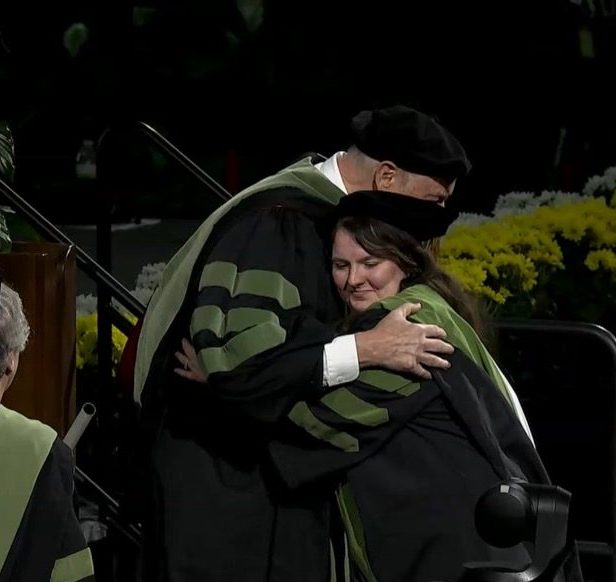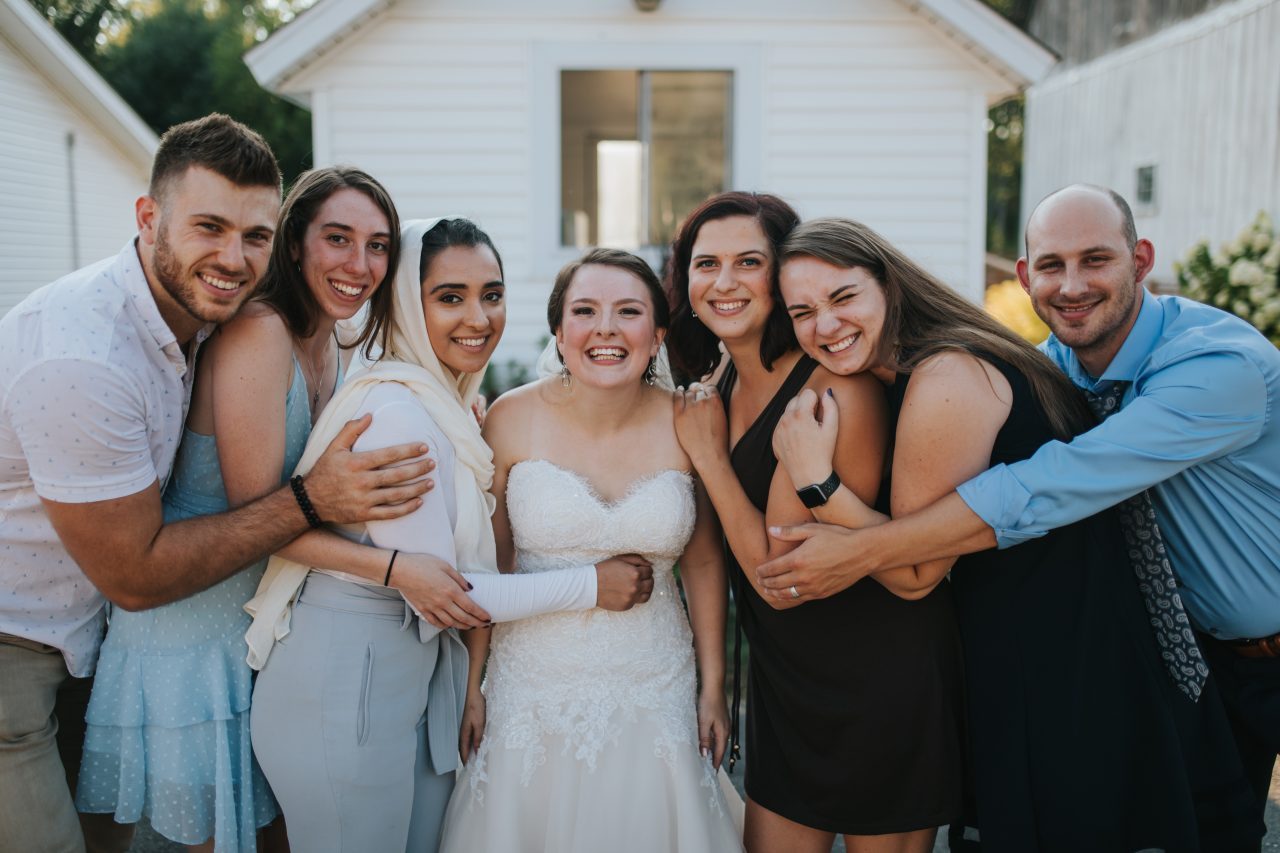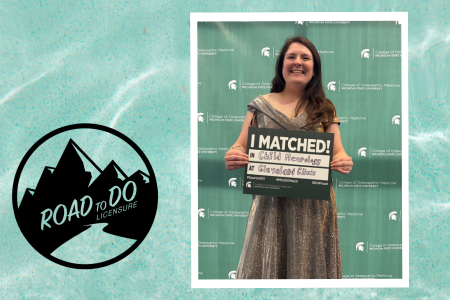For Kate Bailey, a recent graduate from Michigan State University College of Osteopathic Medicine (MSUCOM), the path to residency was anything but typical. Inspired by her older brother, who experienced more than 300 grand mal seizures as a child, Kate’s journey to medicine began with a deeply personal understanding of neurologic illness and a commitment to helping children like him.
Kate also made a deliberate and values-driven choice not to take the USMLE, believing that her DO credentials and training were more than enough for her to gain entry into the residency program of her choice. Her story is one of resilience, conviction, and pride in osteopathic medicine—a powerful reminder that DOs are not just equal, but exceptional.

My Match journey was perhaps not as streamlined or straightforward as others. I unfortunately failed COMLEX-USA Level 1 on my first attempt (I passed on my second attempt) and took a leave of absence—two red flags that often result in applicants being screened out. However, I worked tirelessly to overcome these obstacles.
I co-founded a support group for students who were “off-track”—those who had failed their licensure exams, taken a leave of absence, or remediated coursework—and highlighted this initiative in my application. I also served on my school’s Leave of Absence Task Force, where I worked to make the experience of taking time off less isolating and to advocate for greater institutional support.
How I Found My Specialty in Child Neurology
In hindsight, my specialty of child neurology felt predestined, but it took me careful time before I became confident in that decision. In my first year of medical school, I fell in love with neurology—it was one of the most challenging pre-clerkship courses, but I loved every minute of it. During my third year, I completed my neurology clerkship and fell even more in love with the specialty.
A few rotations later, I completed my pediatrics clerkship and realized how passionate I was about working with children. Like the little girl in the Old El Paso commercial, I thought, “Why not both?” and sent countless emails to arrange a child neurology elective to confirm my interest. The experience I was able to secure was incredible and solidified that child neurology was my true calling.

Deciding Which Programs to Apply to
There were several important factors in choosing which programs I wanted to apply to. Being married, I knew that residency would require my spouse to uproot his life and job. So, we sat down and discussed his non-negotiables—geographic locations and city sizes that would be deal-breakers. I wanted to have this conversation before applying, rather than after falling in love with a program in an area he wouldn’t be comfortable with.
Child neurology has around 78 programs, and I planned to apply to about 30. For me, geographic preference was especially important, so I prioritized programs closer to family. I’m not sure how rational it was, but when choosing whether to apply, I imagined how I would feel if I opened my Match Day letter and saw that program’s name. If I felt disappointed, I generally didn’t apply.
The Interview Trail
Interviewing was a whirlwind, but a few memories stand out. I remember being a little annoyed that the ERAS hobbies section was so short—yet at least a third to half of my interviews included discussions based on those hobbies. I remodeled a 1895 farmhouse during medical school, which fascinated many interviewers. I also mentioned my dogs, and one interviewer even asked to see pictures of them! I was frequently asked about my Off-Trackers group and Leave of Absence Task Force, which opened discussions about how I used my setbacks to help others.
One important reminder: you’re also interviewing the program. I had a program that was initially my top choice, but I ended up ranking it second after a less-than-great interview experience.
Making My Rank List
When it came time to make my rank list, I showcased my Type A personality and found a spreadsheet on Reddit that I customized to fit my needs. I wanted something that would allow me to compare programs as objectively as possible while still allowing for some subjectivity. I asked every program the same questions—about benefits, call schedule, compensation, and even “vibes.” The spreadsheet generated a mock rank list, which I adjusted as needed to reflect my true feelings accurately.
I believe I was a strong match for my program for many reasons. Geographic preference played a role, as did my clear desire to remain in the Midwest in the long term. The program is also very DO-friendly—it admits two residents per year, and both of us this year are DOs. I’m excited to apply my osteopathic training, including OMT, and to practice whole-person care that acknowledges the body, mind, and spirit connection as well as the impact of social determinants of health. I believe my training has prepared me to be an empathetic, well-rounded physician who embodies the idea that “to be a great pediatric neurologist, you must first be a good pediatrician.”
Transitioning from Teacher Back to Learner
I had the privilege of working as a college professor during my downtime after graduating in December 2024. I taught biomedical ethics at Grand Valley State University during the spring semester, which just wrapped up a few weeks ago.
Transitioning from a teaching role back into a learning role as a resident will be an adjustment, but I believe maintaining a growth mindset is key. As a new professor, I often had to ask experienced colleagues for guidance—just as I will continue to seek advice from more seasoned physicians.
One thing that stood out to me as a professor was how easy and fulfilling it was to give students grace. That’s something I hope to carry with me and instill in my teaching moments moving forward—whether I’m mentoring medical students as an intern or supporting junior residents as a senior.

